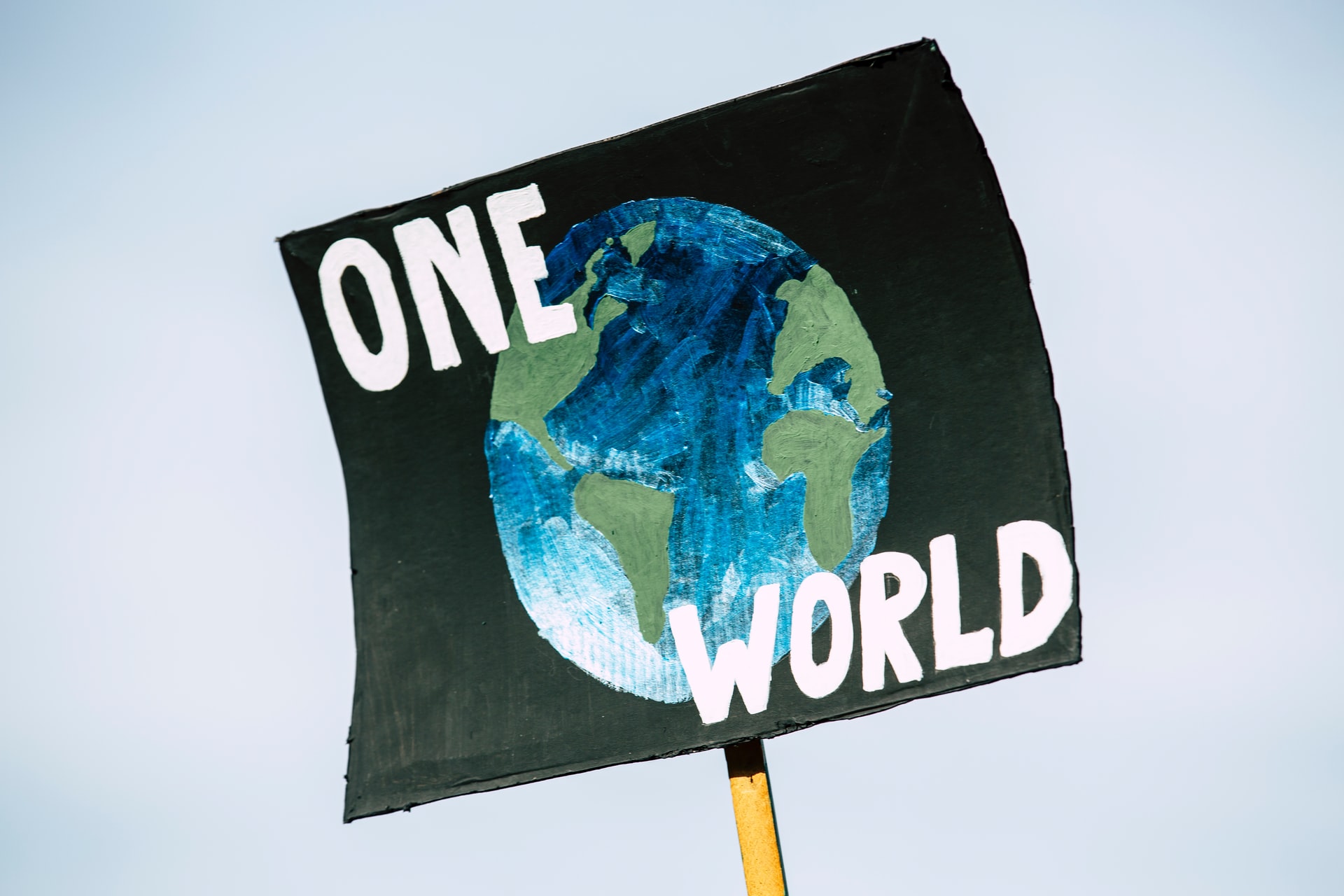As I write these words on the 10th of January, the nation is in countdown mode. Ten days until the Biden-Harris Administration takes office. Ten days until a presidency that has wreaked havoc upon our environment comes to an end. The president and vice president-elect have made numerous promises for the environment. But does the administration plan to follow through? In light of this, I reached out to an organizer with the Democratic Socialists of America (DSA) for the Green New Deal Campaign and policy organizer with the Democracy Policy Network, Michael Brennan. A dedicated climate activist since 2018, Brennan has tracked the course of public policy extensively; currently, he is a research fellow with the Democracy Collaborative.
My first question to Brennan was simple, yet deceptively complicated: What will the Biden Administration’s first move be concerning climate policy? In other words, what should we immediately expect to see within the realm of environmental policy from the new administration?
Brennan didn’t hesitate to answer. “The political context right now is still around COVID-19,” he explains. “There is going to be a push — especially because Democrats have a full trifecta of the government — for them to pass a much larger stimulus package than had been passed through the Trump Administration.” What the original stimulus package (called the CARES Act) didn’t have was “automatic stabilizers,” meaning that the package would have an untimely expiration date. This hampers the ability of the government to help resurrect an economy, and a nation, significantly weakened by COVID-19.
The move we really need, Brennan asserts, is a green stimulus package, something that climate activists have been advocating for heavily. “That’s going to be where the first equivocal climate policy will come in,” says Brennan. It won’t really be a strict environmental bill, but rather will pump trillions of dollars into the economy through climate-oriented initiatives — helping the economy regenerate while using environmentally conscious methods to do so.
We then moved on to discussing a topic the Biden-Harris campaign mentioned time and time again: the Paris Agreement. Brennan was quick to point out a few key factors in assessing the effectiveness of the Paris Agreement. “I personally don’t put much weight into it,” he explains. “It’s a nonbinding resolution — it’s a voluntary statement.” Brennan continues to reply how the Paris Agreement is actually pretty dated. “It’s not aligned with where the science is currently at. That was a 2015 negotiation.” What we really need to focus on is decarbonization.
Brennan continues, “I don’t really see Paris as a benchmark for where we need to go. We need to get the planet to 50% decarbonization by 2030, and full decarbonization by 2040.” But even this might not be as rapid of a change as the climate requires. Preferably, the United States would overshoot the 2030 marker, perhaps even so far as 100% decarbonization by 2030.
This just might be where the Biden Administration can shine. As Brennan explains, Joe Biden has a liberal internationalist philosophy. To put it simply, he views the role of the United States a bit like being the “world police.” The United States needs to change its narrative. We can no longer be a pariah on the global stage where climate change is concerned. We contribute far too many greenhouse gases — second in the world to China — to not begin decarbonization as soon as possible.
Finally, I asked Michael Brennan about climate activism. Particularly, how to be an effective activist for the environment. “For any activism, you have to be able to explain to people your ‘strategic narrative,'” answers Brennan. And what is a “strategic narrative,” exactly? He replies with a short three-part answer: “Here’s where we want to go [decarbonization by 2030], here’s where we are today and here’s how we’re going to get there.”
Storytelling is a fundamentally human — universally human — experience. As a writer, I couldn’t agree more. “Everyone who is politically active or socially active should see themselves as a part of that strategic narrative,” says Brennan. In order to create the necessary change by 2030, climate activists need to have a coherent narrative, something that is communicable. In other words, to be an effective activist for the environment, you need a plan and the ability to relay it to other people.
The Biden-Harris Administration is without a doubt a turn of the tides when it comes to environmental policy. But, that doesn’t mean that we, as climate activists, can take a back seat. Fracking was a fundamental part of the Biden campaign, and for the sake of the climate, it needs to be completely banned. We are going to be in it for the long haul. “We are going to be in a decade of radical politics,” affirms Brennan.
But climate activism encompasses both the great and small, in terms of actions. “Keep your eyes on the prize — decarbonization by 2030 — and think about how you would be able to demand of Congress and demand of Biden the policies that get us there.”

















